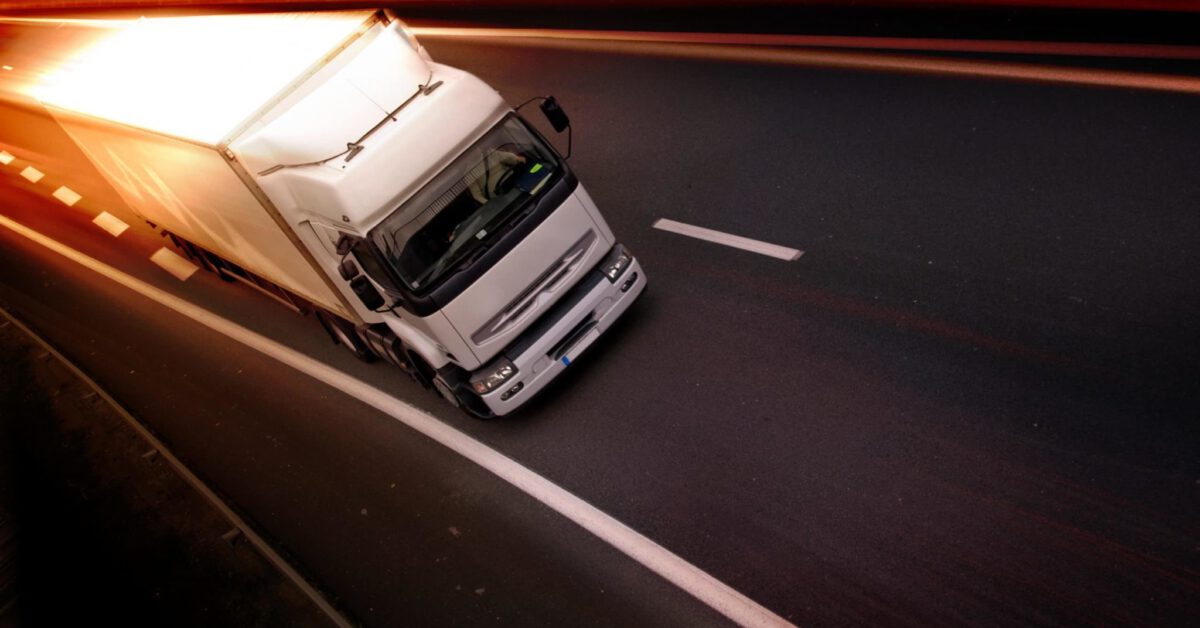
Servitization in the trucking industry offers fleets a chance to focus on OpEx over CapEx while providing OEMs a steady revenue stream.
By Amanda Loudin
The servitization business model has taken hold seemingly overnight, especially on the consumer side. From Netflix to HelloFresh to Uber and everything in between, turning products into services is the way of the present.
Next up: that same model applied to the industrial equipment sector.
“The popularity of consumer servitization has paved the way for the industrial model,” said Gary Brooks, chief marketing officer at Syncron, a software solutions provider.
Brooks predicted an evolution in this regard, but businesses must first lay many pieces of groundwork before the industrial equipment model catches up to the consumer examples. This includes the truck-as-a-service model, in which fleets acquire trucks on demand or by subscription, and the OEMs use technology to monitor and maintain the equipment — similar to software as a service.
“We haven’t crossed the chasm yet,” Brooks said, but the wheels are in motion.
The factors driving truck as a service
Several elements of truck as a service “could be attractive to a fleet,” said Jim Euchner, an honorary professor with a focus on servitization in the Advanced Services Group at Aston University in the U.K.
Economics are an important driver in the industrial equipment sector, particularly during the uncertainty of the pandemic. This may help accelerate the adoption of trucks as a service, as fleets hold off on long-term financial commitments such as buying trucks.
“In uncertain times, industries shift from CapEx to OpEx,” Brooks said.
Sustainability has a part in the push to industrial equipment servitization. As green-focused millennials advance into decision-making roles, their focus on sustainability influences spending decisions. Servitization is a more sustainable model than the traditional method of buy, use and dispose.
Lessons from OEMs across the pond
Technology plays a large role in the emerging trend of “hiring” trucks.
“We’ve seen advances in analytics, cloud-based computing and improved sensing devices, all of which combine to make the truck-as-a-service model more sensible,” Euchner said.
MAN Truck and Bus, an OEM in the U.K., mastered the model. “MAN began selling trucks by the kilometer,” Euchner said. “With analytics, they could work with the vehicle operators to ensure they’re doing everything right to maximize the value of the truck.”
Other related companies in the industrial equipment sector using servitization include Goodyear, Rolls Royce with aircraft engines, Swedish ball bearings company SKF, and France’s Alstom train repair and maintenance services.
That said, U.S.-based fleets are not yet adopting the model. But OEMs are banking on its future, Brooks said, and have invested heavily in technology.
“They are putting their money into telematics, sensor data, [artificial intelligence] and predictive analytics to maximize uptime,” he explained. “They can proactively analyze problems and arrange for repairs.”
For commercial truck OEMs, the truck-as-a-service model brings many financial incentives.
“With a subscription, the OEM gets to protect its service parts revenue,” said Brooks. “Many OEMs are experiencing a sharp decline in new orders, so they are looking for a more predictable revenue stream.”
This was particularly an issue in Q2, as fleets paused buying due to uncertainty and Class 8 orders dipped in the spring. But now fleets are replacing trucks, leading Volvo to see a 61% YoY increase in orders during Q3.
Challenges on the path to a service model
For all that the truck-as-a-service model has to offer, it has a way to go before fleets are ready to adopt it.
“It’s a business mindset change to move from product to services,” Euchner said. “It can be a difficult transition.”
Euchner suspects that most fleets, if and when they do transition, will likely do it as a hybrid model.
“It’s unlikely that companies will change to a service model only,” he said. “They will want a spectrum of offerings.”
Getting driver buy-in could be another potential hurdle. Servitization involves more data capture, something that makes some drivers leery.
Factors that fleets will want to consider before making the move to servitization, said Euchner, include downstream consequences should something go wrong, capturing value if trucks are commoditized, and how a service model could be better than simply making the truck product smarter with enhanced technology.
Euchner is researching how companies can continue with their core model while transitioning to a service model.
Brooks agreed that a split focus can be difficult.
“It’s hard to tell when this will become the norm, but it will be an evolution rather than a revolution,” he said. “For many companies, [the truck] is still the universe, but they must explore new business models for the future.”
Read the original article, here.